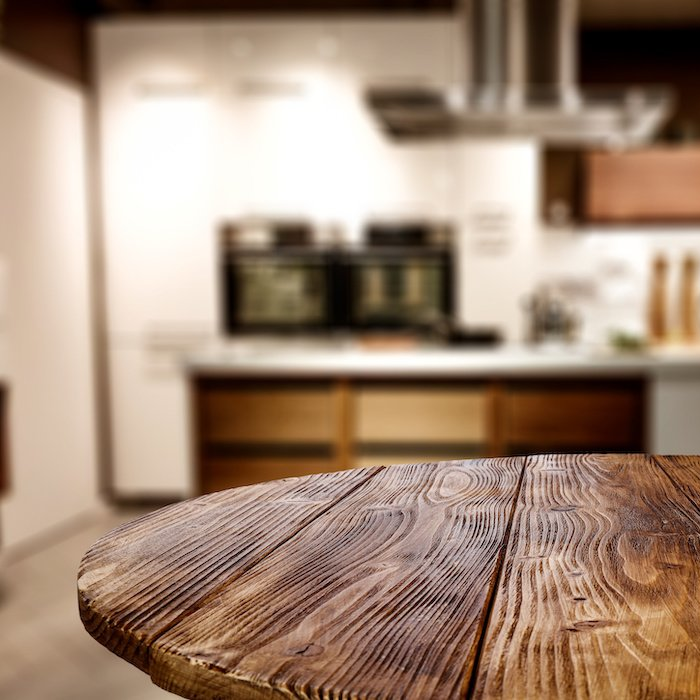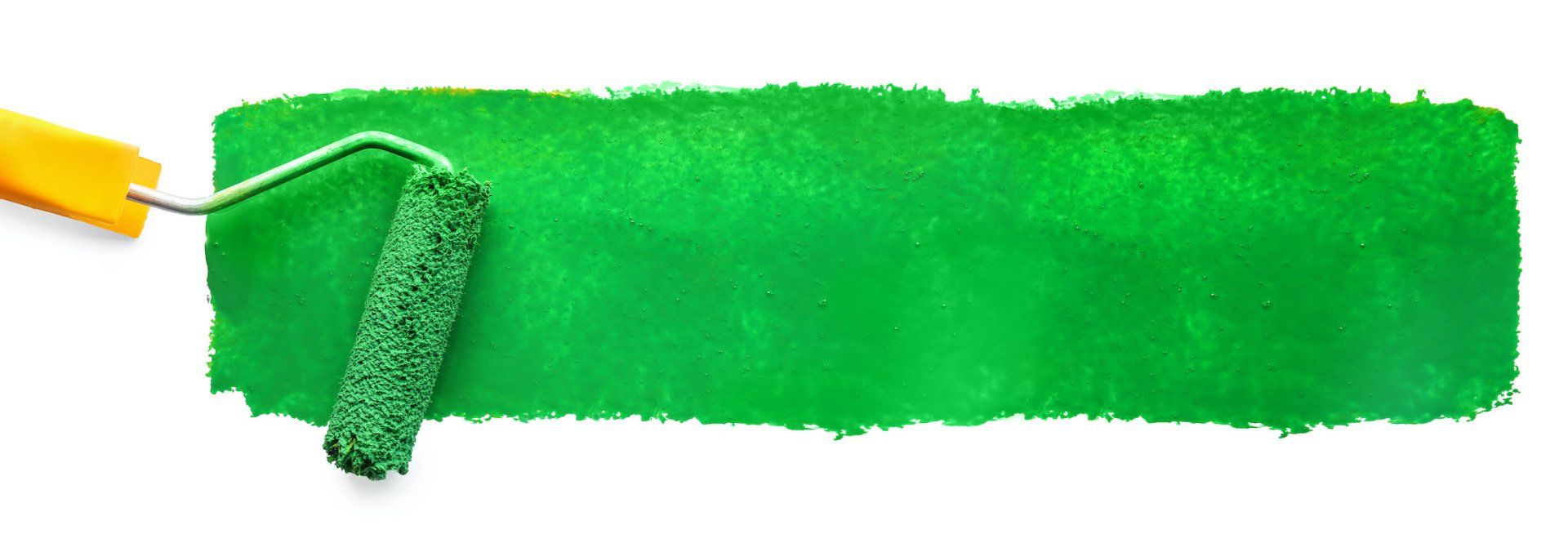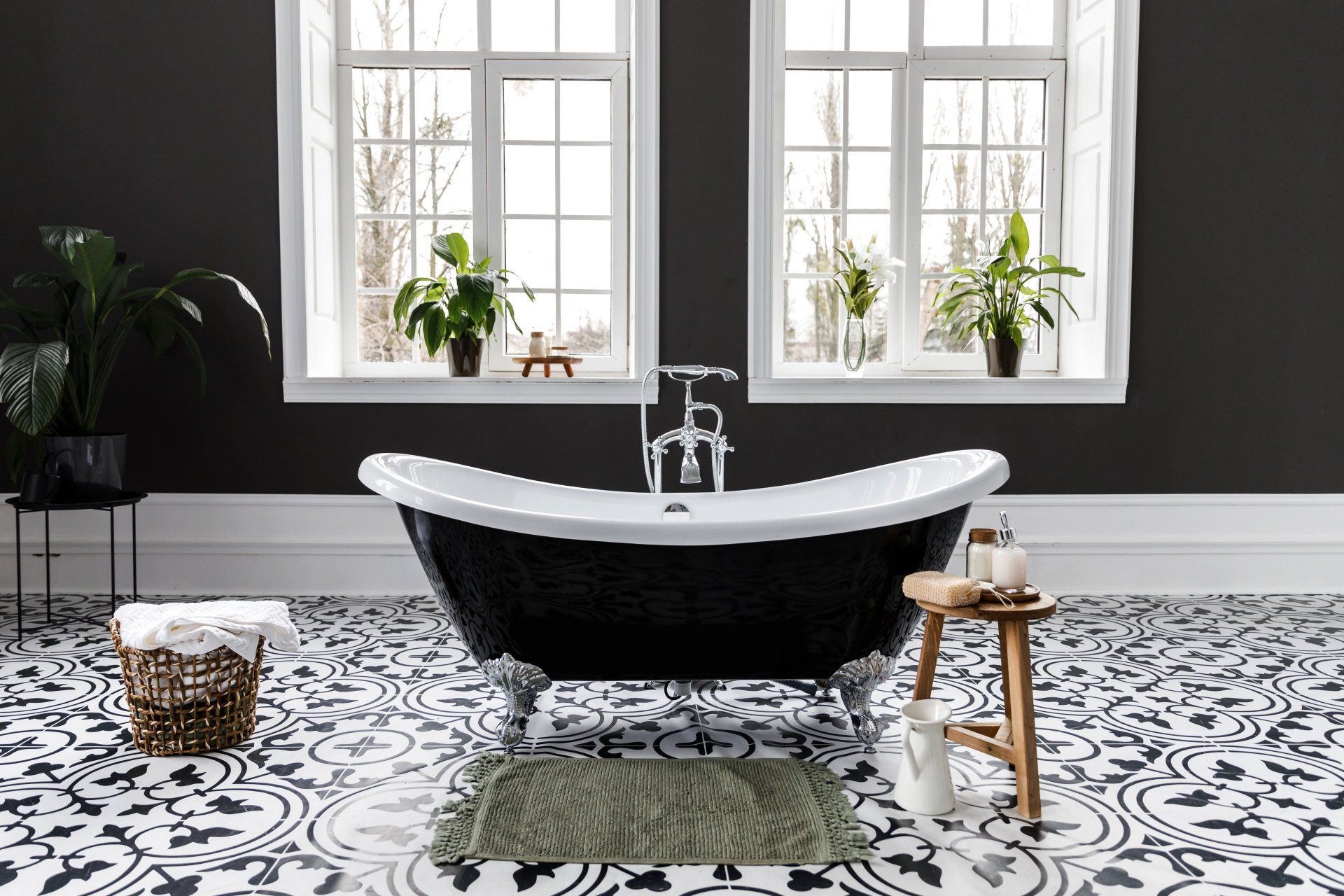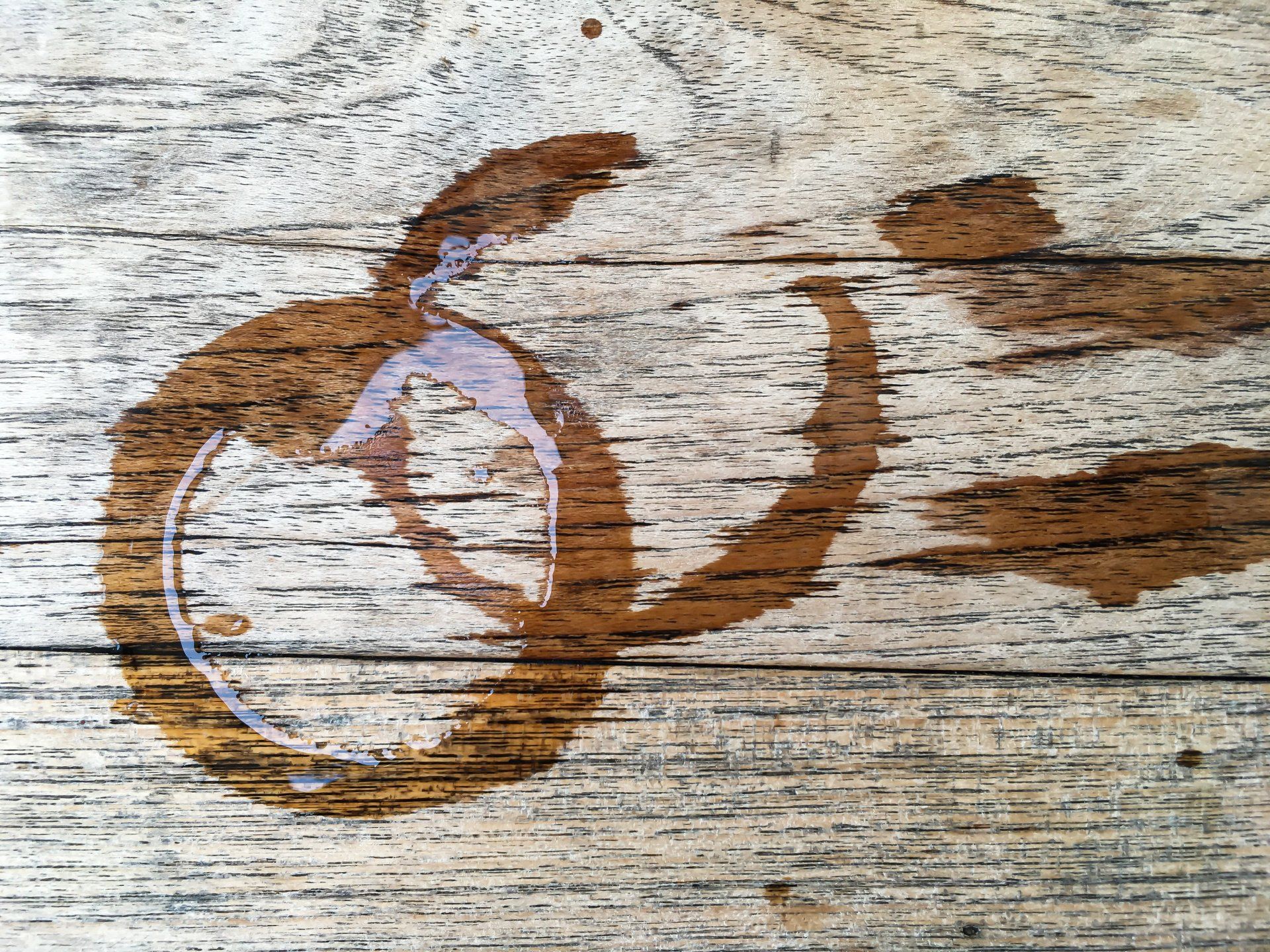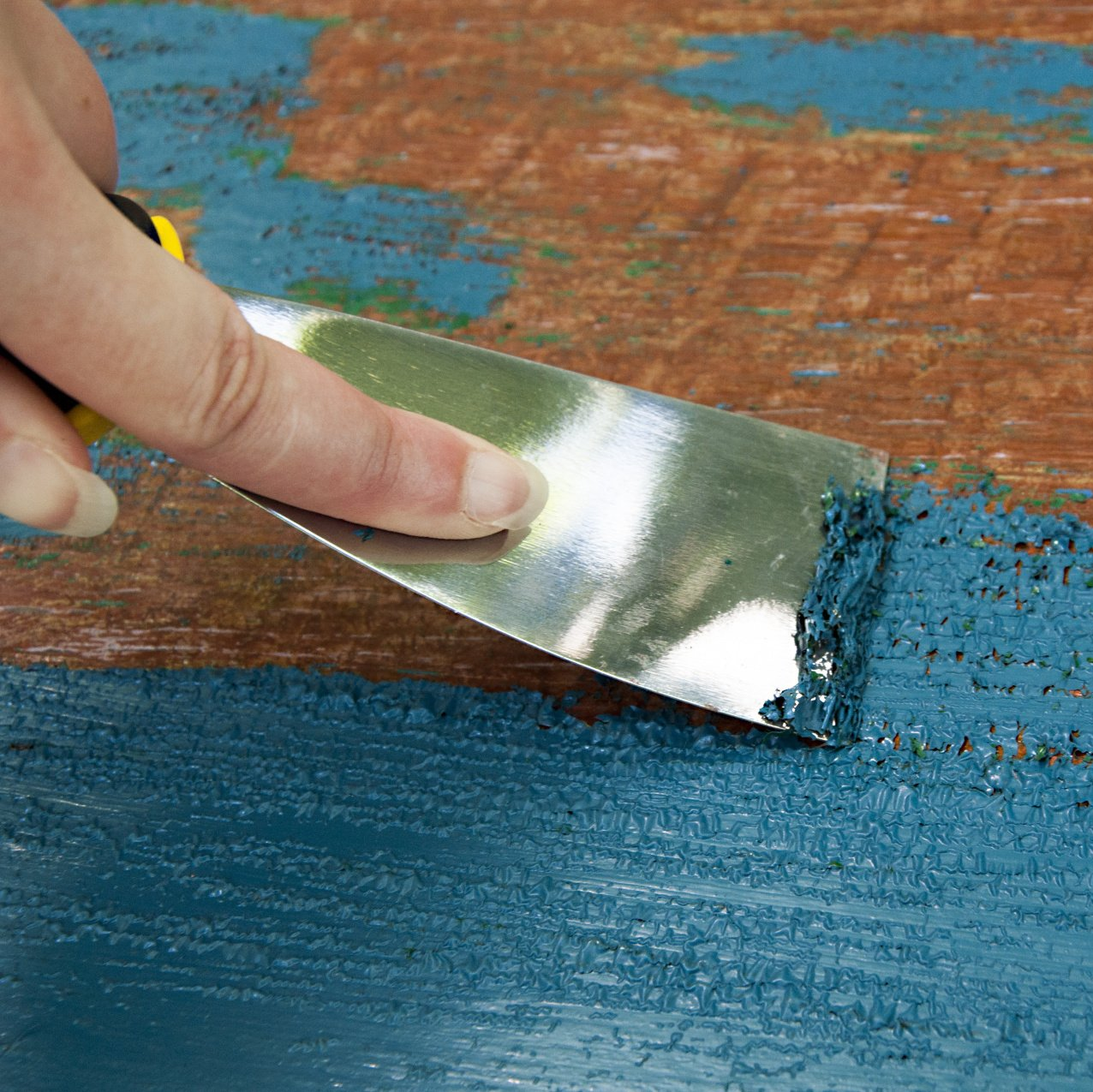Can House Paint Go Bad?
Sam Lutz • July 29, 2014

A quick search online will show that there are many varying opinions about the shelf life of house paint, but in general, sources agree that house paint does eventually go bad. Whether or not this takes 2 years or 15 years is a matter of debate. House paint can go bad in different ways and for different reasons, depending on the location where the paint is stored, whether or not the paint can was ever opened, what type of paint it is, and other factors.
If you have extra cans of house paint after a project, your best bet is store it properly and use the paint as quickly as possible.
How To Tell If Paint Has Gone Bad
Paint can go bad in different ways, depending on the circumstances of storage and the type of paint. Here are a few ways to tell if the paint has gone bad:
- Paint is moldy or smelly: Paint that sits in storage for a long time may begin to mold or mildew if it has a bacterial contamination. You’ll know this has happened when you open the can and see mold inside or notice a mysterious odor coming from the paint.
- Paint is “chunky”: Paint that sits for a long time will settle, so you’ll have to stir it properly before beginning to use it. Paint that has chunks in it–perhaps from freeze/thaw cycles, or rust from the can–shouldn’t be used. However, some sources suggest straining or filtering the paint could prolong its life.
- Paint has dried out: If that paint has dried out, consider keeping a small piece of the dried paint for color matching, in case you decide to do touch ups in the future.
Proper Storage
The best way to ensure that your paint will stay good for as long as possible is store the paint in a dark, dry location where temperatures stay within a moderate range. Temperature controlled garages and basements are usually the best location for paint.
Paint cans that have been opened need special treatment. Air exposure will change the consistency of paint over time, and will eventually cause the paint to dry out. This is why paint needs to be resealed before placing it into storage.
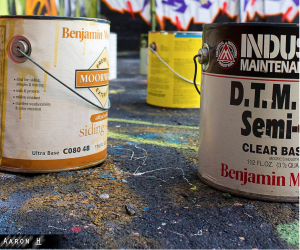
Some suggest storing paint cans upside down
to create an air-tight seal between the opening of the can and the paint itself. If this sounds worrisome to you, cover the opening of the can with plastic wrap before placing the lid on the can, then tamp the lid gently but firmly down with a rubber mallet. Store the can of paint in a plastic tub if you’re concerned about paint leaking from the can.
Do not store paint in locations where exposure to moisture or temperature extremes is likely. Paint that freezes and thaws over and over will not last very long.
Uses For Old House Paint
Use that house paint before it goes bad! Here are just a few projects where old house paint will come in handy:
- Furniture Distressing
- Murals
- Front Doors
- Touch Ups
Need more ideas? We posted this article on our blog
just last April about inspiring paint projects that can be done around the house. Alternatively, if you have no plans to use that paint and nowhere appropriate to store it, many charities, schools and churches will take paint donations for their own projects. This article
outlines the many ways that you can reuse, dispose of and recycle old paint.
Have questions about storing your house paint? Feel free to give us a call
or stop in one of our stores. We love talking to our customers and we always enjoy a chance to share information about house paint.
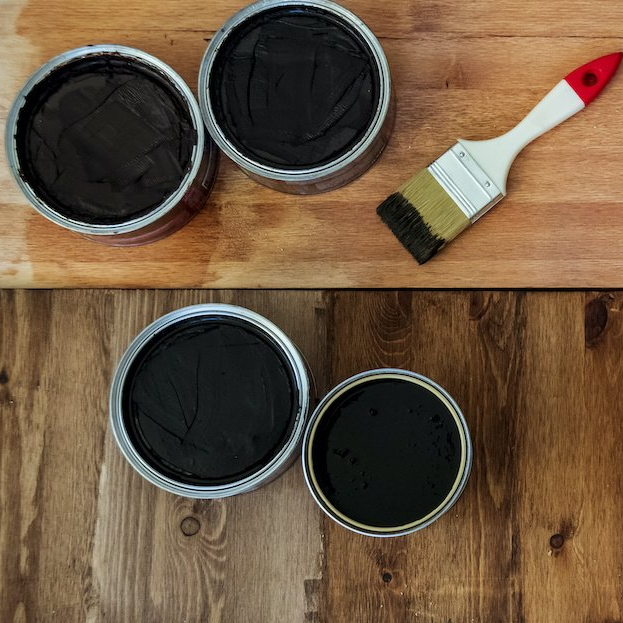
One of the wonderful things about good wood furniture is that it doesn’t have to be merely functional. It can be beautiful as well. We’ve seen some amazing pieces made with wood stains that are more than just furniture, they’re works of art. So if you’ve got an old table, desk or other piece of wood furniture that needs jazzed up, why don’t you consider using some of our great stains to try one of these ideas.

